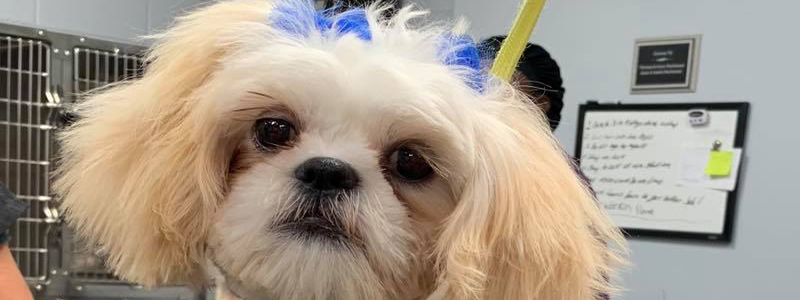BY: SAMANTHA BARTLETT, DVM
Telemedicine and telehealth has been a hot topic in human medicine and is now becoming a discussion in veterinary medicine. The AVMA recently set up a resource page to cover topics in telehealth and telehealth has been a subject of lectures at all major veterinary conferences across the country.
Telehealth is a broad term that includes the use of technology for the remote delivery of health information or education. This can include, but is not at all limited to, the use of text, email or websites to communicate with clients. Telemedicine falls underneath the umbrella of telehealth and describes the use of technology to exchange medical information about a patient’s health status from one location to another. An email from a client containing pictures of a surgery incision in place of an actual in-clinic recheck visit is also considered telemedicine. Another subcategory of telehealth is teleconsulting between doctors, such as sending radiographs to an off-site radiologist for review.
The concept of telehealth is not new, but its impacts are becoming more far-reaching than before. The AVMA House of Delegates recently developed a policy on telemedicine to help define and guide this trend. Most important in this new policy is the need for an existing VCPR (veterinary client-patient relationship) before a telemedicine consult can be conducted. This policy also acknowledges the importance of emergency teletriage outside of a VCPR, such as poison control, but does not advocate remote consulting for the public with the intention to diagnose or treat outside of a VCPR.
Of the many advantages of telehealth, perhaps the one with the most impact is the ability to increase communication with our clients. Many clients, particularly millennials, prefer electronic communication over in-person visits or telephone calls. One survey study showed that 85% of pet owners find communication with a veterinarian via telehealth to be an appealing concept. Human medical patients have said they will change physicians to get access to teleconferencing. It is only a matter of time before this trend transfers over to veterinary medicine.
While there is clearly a demand and a use for telemedicine, remote medicine does have its limitations in veterinary medicine. Many times an owner’s description or assumption is not actually what is going on with the patient. Or non-specific signs are present that require a physical examination to achieve a proper diagnosis. For example, a coughing poodle or a hacking cat could have any one of a multitude of diagnoses.
If you are considering implementing telemedicine or broadening your use of telemedicine, do your research. Check with your state’s specific requirements for VCPR, review the AVMA guidance and check any federal laws, particularly those pertaining to prescribing drugs. It is a good idea to have a legal consultation before implementing any telemedicine program. For more information on where to start, the AVMA has set up a resource page for telehealth and telemedicine at https://www.avma.org/PracticeManagement/telehealth/Pages/default.aspx. This site includes practice act information, case studies and ideas for implementation of telehealth into your practice.











